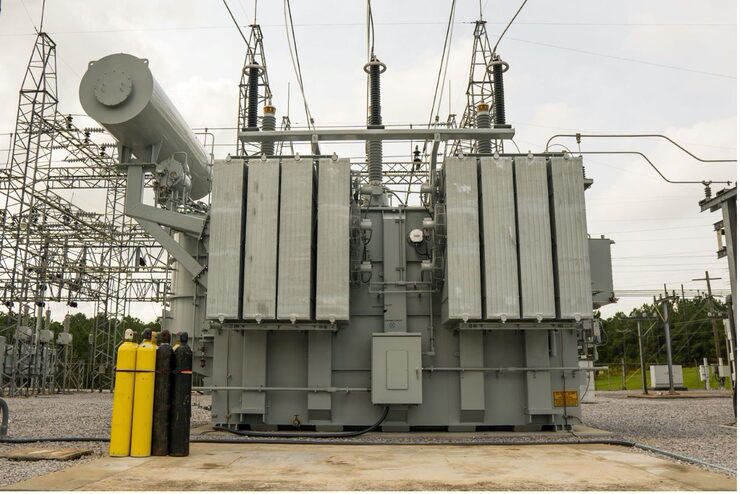“Many individuals often encounter a crossroads when striving to turn their passion into a sustainable livelihood. Merely securing a job isn’t sufficient; one must seek opportunities that offer security, room for growth, and a sense of fulfillment. In this context, the field of project management, which emphasizes the efficient initiation, progression, and completion of projects, shines as a promising option. However, prospective project managers frequently grapple with a common challenge: the lack of knowledge regarding Project Management Training and its availability.
No need to worry; if you’re considering a Career in Project Management, you can find all the necessary information right here in this blog.
Essential Skills for Project Managers
A successful career in project management requires a certain set of skills. One of the fundamental skills is the ability to communicate effectively. Project managers must ensure everyone knows their roles and duties and that ideas are presented effectively. Leadership is another crucial skill.
As leaders, project managers steer teams, encourage teamwork, and inspire employees to achieve their best. Organisation, time management, and the capacity to multitask are crucial to successful project management, as are the ability to fulfil deadlines and make good use of available resources.
In addition, you’ll need problem-solving and judgment abilities. Unexpected finance constraints and execution hurdles are only two examples of problems that project managers must contend with regularly.
A project’s outcome may be affected by the team’s ability to evaluate problems, create solutions, and make decisions rapidly. The capacity to change and bounce back quickly is also crucial. To keep their projects on track, project managers must frequently adjust the project’s scope, direction, or resources. Developing these skills will give you the agency to push through setbacks and see initiatives through to fruition.
Tips for Advancing Your Project Management Career
Project management career advancement demands consistent work and a calculated approach. Obtaining advanced qualifications is one approach to making a lasting impression. Advanced qualifications such as Portfolio Management Professional (PfMP) and Programme Management Professional (PgMP) demonstrate your proficiency in managing intricate projects and programmes, while basic certifications offer a solid basis. These certificates improve your abilities and give you access to higher-level positions with more responsibility.
Participating in professional organisations is another effective method. Memberships, networking events, and resources are available through organisations such as the Project Management Institute or PMI and the International Project Management Association or IPMA. Participating in these organisations allows you to contact industry experts, attend seminars, and engage in workshops, therefore extending your professional network and enhancing your expertise.
As a project manager, developing a personal brand may have a big influence on your career. Sharing your knowledge through blogs, social media, or public speaking establishes you as a thought leader. This exposure boosts your reputation and might lead to new chances.
Think about learning specialised talents as well. Niche competencies like agile project management, risk management, and change management are highly sought after as project management changes. Gaining proficiency in these areas will help you stand out as a highly desirable candidate in the employment market.
Finally, never undervalue the need for ongoing self-evaluation. Establish goals for your professional development, assess your abilities on a regular basis, and pinpoint areas where you may grow. You can achieve new heights in your project management career by putting these recommendations into practice.
Building a Strong Project Management Foundation
Think about focusing on acquiring niche skills as well. As project management develops, specialised skills like agile project management, risk management, and change management are in high demand. By developing these skills, you position yourself as an invaluable commodity to prospective employers.
Finally, don’t discount the significance of constant introspection. Evaluate your abilities regularly, discover opportunities for progress, and define professional development targets. If you take these tips to heart, you could take your project management profession to the next level.
Conclusion
This blog has examined the benefits and techniques of pursuing a career in project management, covering the necessary competencies, educational paths, and growth tactics. It has made the way clearer for those who want to leave their imprint on the industry by providing advice from accomplished experts and highlighting prevalent problems and solutions. For more information visit: The Knowledge Academy.

 Health1 year ago
Health1 year ago
 Tech1 year ago
Tech1 year ago
 Games10 months ago
Games10 months ago
 NEWS1 year ago
NEWS1 year ago
 Entertainment1 year ago
Entertainment1 year ago
 Games1 year ago
Games1 year ago
 Games1 year ago
Games1 year ago
 Entertainment1 year ago
Entertainment1 year ago








